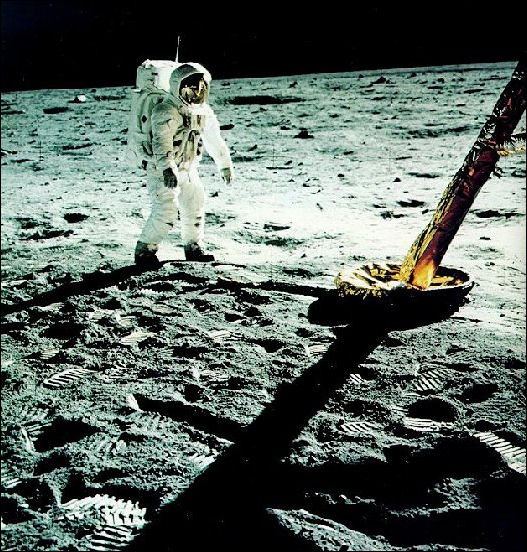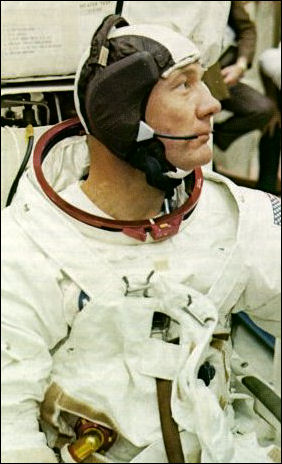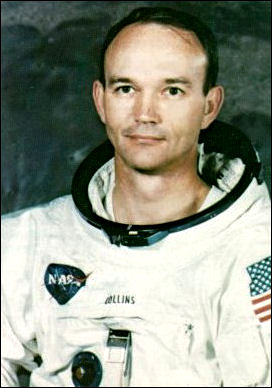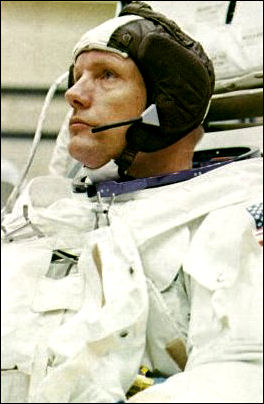Prelude
All was ready. Everything had been done. Projects Mercury
and Gemini. Seven years of Project Apollo. The work of more than
300,000 Americans. Six previous unmanned and manned Apollo
flights. Planning, testing, analyzing, training. The time had
come.
We had a great deal of confidence. We had confidence in our
hardware: the Saturn rocket, the command module, and the lunar
module. All flight segments had been flown on the earlier Apollo
fights with the exception of the descent to and the accent from
the Moon's surface and, of course, the exploration work on the
surface. These portions were far from trivial, however, and we
had concentrated our training on them. Months of simulation with
our colleagues in the Mission Control Center had convinced us
that they were ready.
Although confident, we were certainly not overconfident. In
research and in exploration, the unexpected is always expected.
We were not overly concerned with our safety, but we would not be
surprised if a malfunction or an unforeseen occurrence prevented
a successful lunar landing.
As we ascended in the elevator to the top of the Saturn on
the morning of July 16, 1969, we knew that hundreds of thousands
of Americans had given their best effort to give us this chance.
Now it was time for us to give our best.
|






